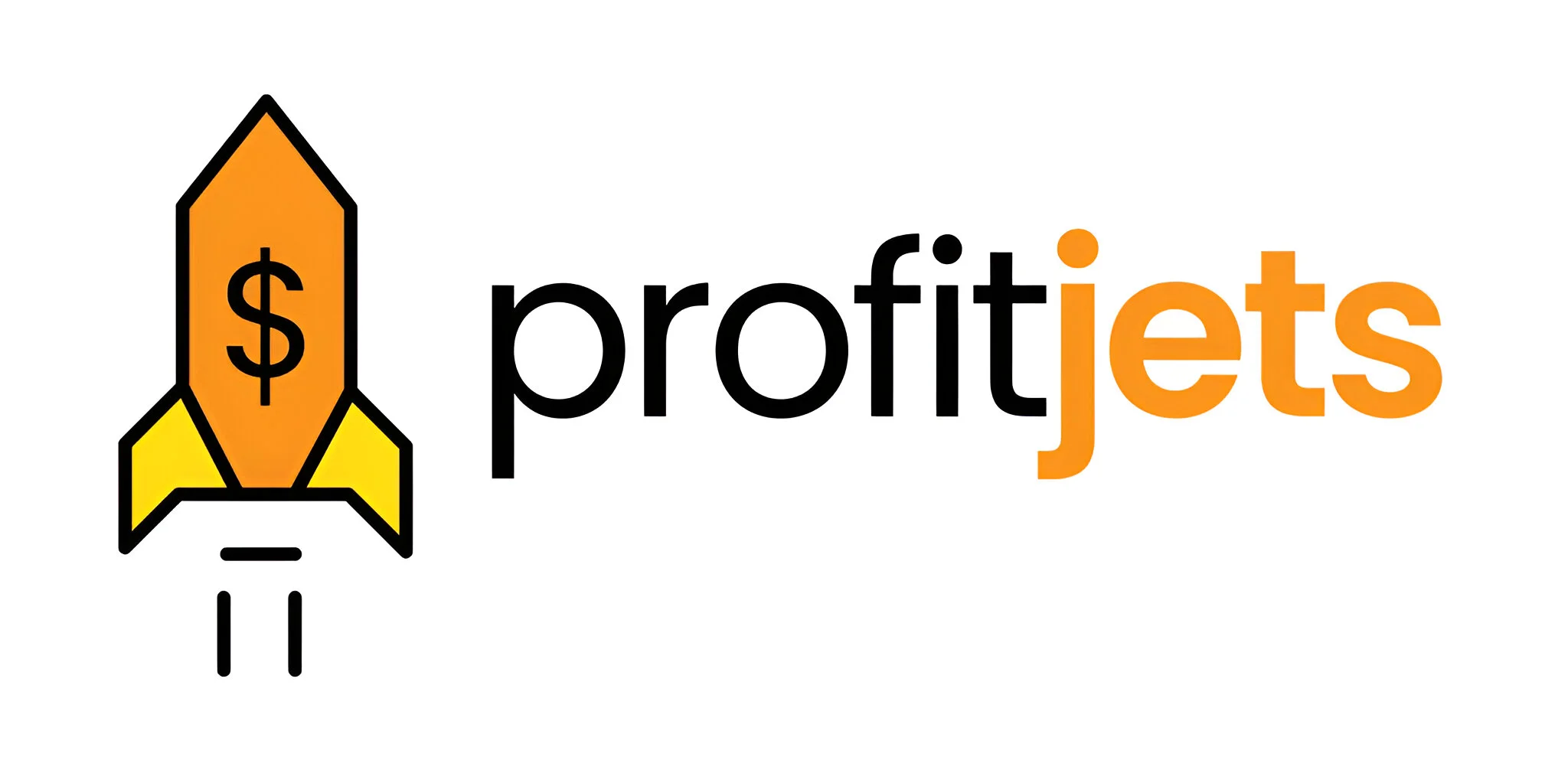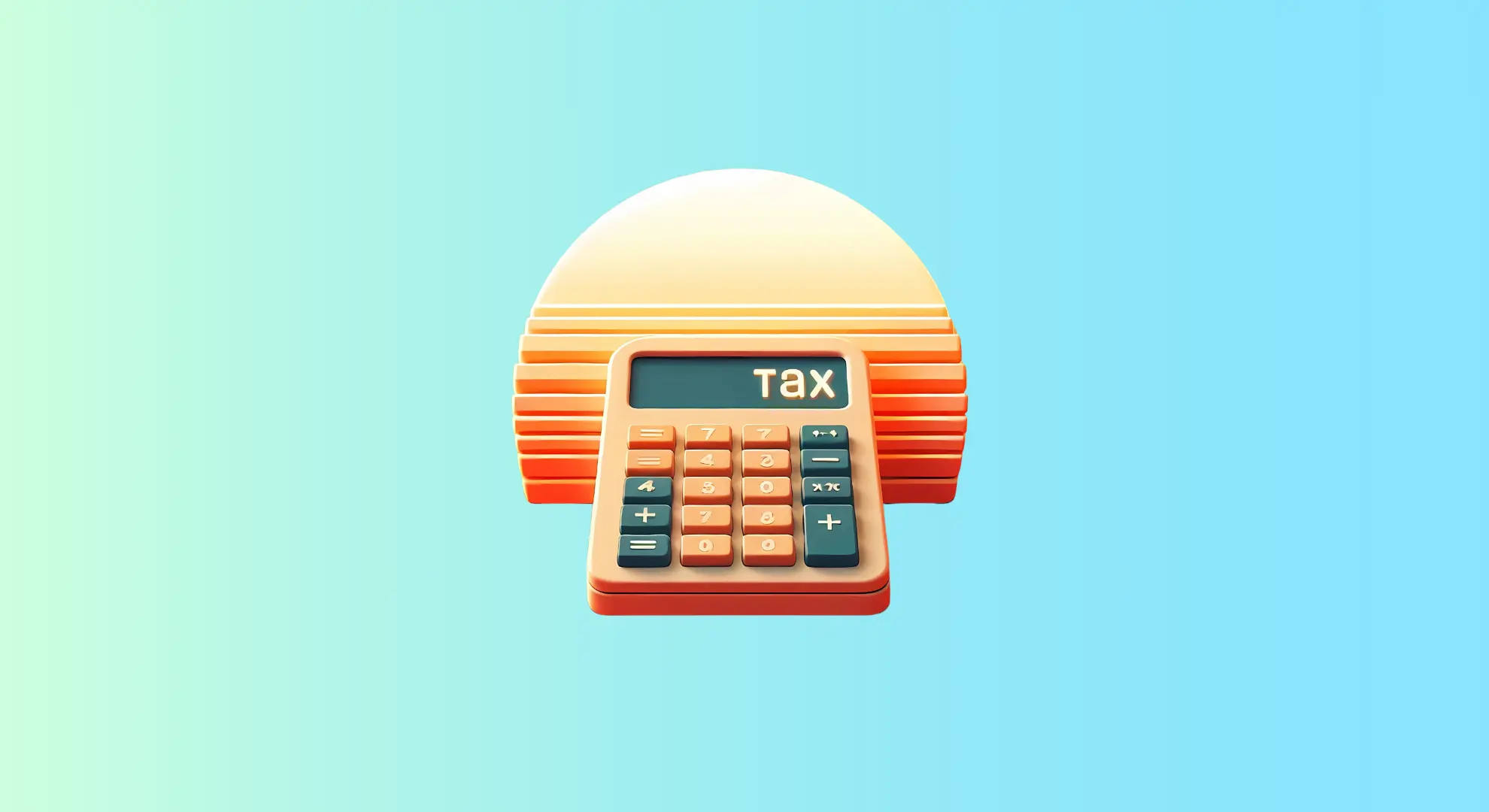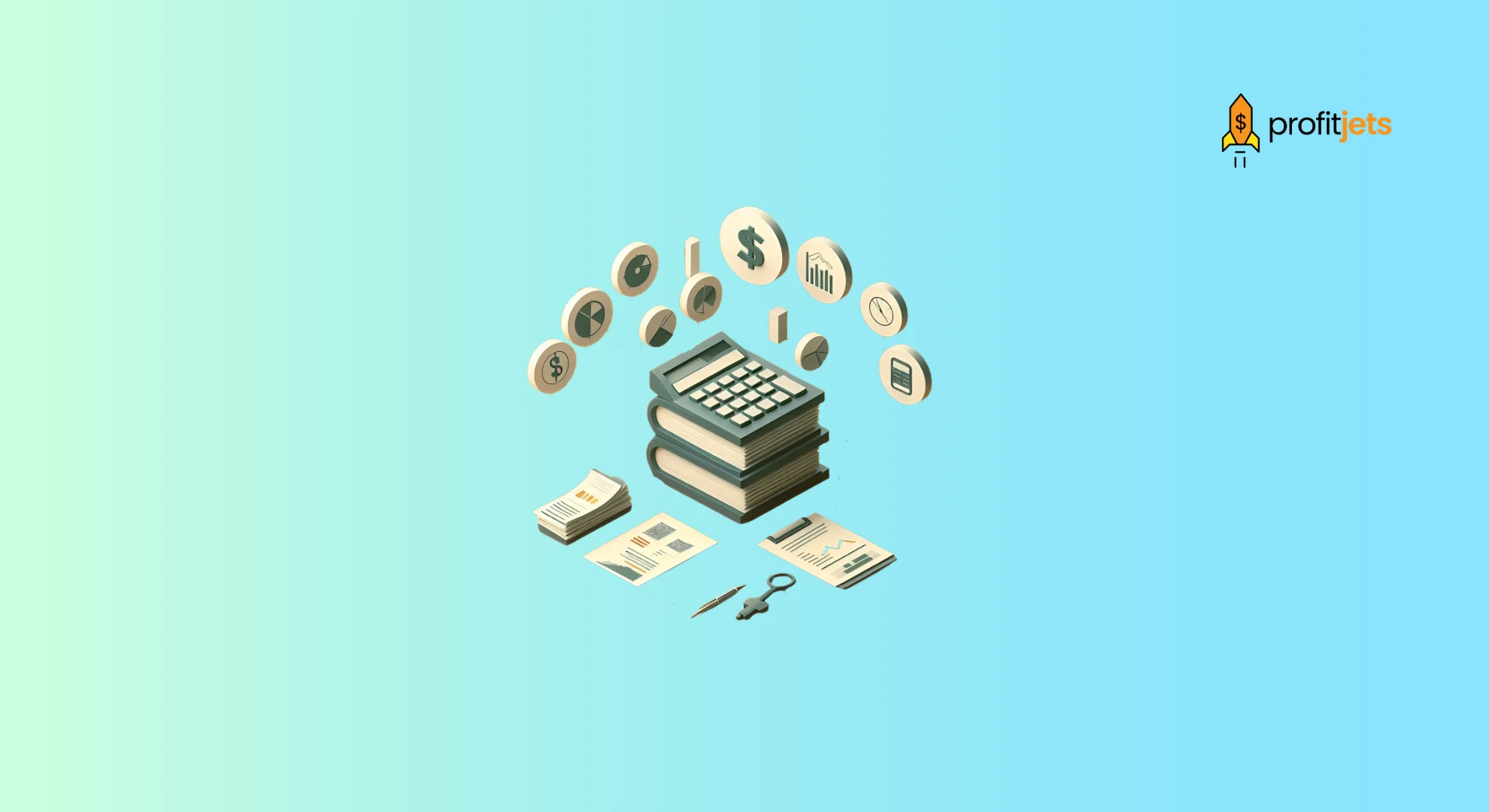As a self-employed individual, you hold the reins regarding your taxes. Understanding self-employment tax, a critical component of this responsibility, can empower you to manage your tax obligations confidently. This blog will dive into the self-employment tax rate, how to calculate it, and the tools available to make the process easier. We’ll also guide you through some essential tips for staying on top of your taxes.
Table of Contents
What Is the Self-Employment Tax Rate?
The self-employment tax rate refers to the percentage of your net earnings that goes toward Social Security and Medicare taxes. As a self-employed individual, you act as both employer and employee, so you’re responsible for paying both portions of these taxes.
For 2023-24, the self-employment tax rate is:
- Social Security: 12.4%
- Medicare: 2.9%
This brings the total self-employment tax rate to 15.3%. However, it’s important to note that only the first $160,200 of your net earnings 2023 are subject to the Social Security tax. There is no income limit for Medicare tax.
How to Calculate Self-Employment Tax?
Understanding how to calculate self-employment tax is crucial for anyone who works for themselves. Let’s break it down step by step:
- Determine Your Net Earnings: Start by calculating your net earnings—total income from self-employment after subtracting permitted deductions. For example, if your business income for the year was $100,000 and your deductions totaled $20,000, your net earnings would be $80,000.
- Apply the Self-Employment Tax Rate: Multiply that figure by 92.35% once you have your net earnings. You only pay self-employment tax on 92.35% of your earnings. For instance, if your net earnings are $80,000, you would multiply that by 92.35%, which equals $73,880.
- Calculate Your Tax: Multiply your adjusted net earnings by the 15.3% self-employment tax rate. Using the same example:
- $73,880 × 15.3% = $11,303.64
That’s the total self-employment tax you’ll owe for the year.
Self-Employment Tax Calculator
If math isn’t your strong suit, there’s no need to worry! A self-employment tax calculator can quickly show you what you owe, providing relief. You can plug in your income, deductions, and expenses into these calculators, and they will handle all the calculations for you, which can make the whole process much more manageable.
Benefits of Using a Tax Calculator
- Calculators provide reassurance by helping you avoid mistakes that could lead to overpaying or underpaying your taxes, ensuring your financial security.
- Time-Saving: A good tax calculator simplifies the process, helping you save time that you can use to grow your business.
- Financial Planning: These tools can estimate your tax liability throughout the year, allowing you to set aside money in advance.
| Platform | Link |
| IRS Self-Employment Tax Calculator | IRS Calculator |
| QuickBooks Self-Employment Calculator | QuickBooks |
What Are the Income Tax Rates for Self-Employed Individuals?
Aside from the self-employment tax, you must also pay federal income tax on your net earnings. The income tax rates applicable to self-employed individuals are identical to those for employees and are determined by federal income tax brackets.
For 2023-24, the federal income tax rates are as follows:
| Income Bracket (Single Filers) | Tax rate |
| Up to $11,000 | 10% |
| $11,001 to $44,725 | 12% |
| $44,726 to $95,375 | 22% |
| $95,376 to $182,100 | 24% |
| $182,101 to $231,250 | 32% |
| $231,251 to $578,125 | 35% |
| Over $578,125 | 37% |
Keep in mind that these are federal tax rates. You may also be subject to state income tax, depending on where you live and operate your business.

What Is an Example of Self-Employment Tax?
Suppose you’re a freelance graphic designer who made $60,000 in net earnings for the year. You would multiply $60,000 by 92.35% to get $55,410. Then multiply that amount by 15.3% (the self-employment tax rate). Your total self-employment tax would be $8,478.73 for the year.
How Do I Use a Self-Employment Tax Calculator?
To use a self-employment tax calculator, follow these steps:
- Input your total income for the year.
- Enter your deductible expenses.
- The calculator will automatically adjust your income to 92.35% and apply the 15.3% tax rate.
- The final result will show your total self-employment tax liability.
Is Self-Employment Tax Higher Than Income Tax?
The self-employment tax comprises employee and employer contributions to Social Security and Medicare taxes, which total more than what employees pay in payroll taxes. However, the income tax rates remain the same for self-employed individuals as for employees.
How Can I Reduce My Self-Employment Tax?
You can reduce your self-employment tax by taking advantage of allowable business deductions. Standard deductions include home office expenses, business travel, and equipment costs. These deductions reduce your net earnings, lowering the self-employment tax you owe.
What Are the Main Tax Services Available for the Self-Employed?
Managing taxes as self-employed can be complex, especially when juggling self-employment and income taxes. Fortunately, Profitjet’s tax services are available to help streamline the process. Our services assist with filing returns, calculating taxes, and ensuring compliance with federal and state tax regulations.
1. Tax Preparation Software
Popular platforms like TurboTax, QuickBooks, and H&R Block offer specialized services for self-employed individuals. These tools guide you through filing, help you calculate your self-employment tax, and maximize deductions.
2. Certified Public Accountants (CPAs)
A (CPA) Certified Public Accountant can provide a more personalized touch, offering expert advice and tax planning tailored to your business needs. They can also represent you in case of an IRS audit.
3. Tax Advisors
Tax advisors can help with long-term tax planning strategies, ensuring you take full advantage of deductions, credits, and tax breaks.
Tax Planning Tips for Self-Employed Individuals
Tax planning is essential for self-employed individuals to avoid surprises at tax time. Here are a few strategies you can use to stay ahead of the game:
- Set Aside Money for Taxes: Since you’re responsible for paying income and self-employment taxes, it’s wise to set aside about 25-30% of your income for tax payments.
- Make Quarterly Tax Payments: Instead of waiting until the end of the year, self-employed individuals must pay estimated taxes quarterly. This helps avoid penalties and ensure you’re on track with your tax payments.
- Track Your Expenses: Ensure you maintain comprehensive documentation of all your business expenditures, such as equipment, travel, and office supplies. These can all be deducted from your income to reduce your tax liability.
- Consult a Tax Professional: If you need clarification about your tax obligations or help with tax planning, consult a tax professional who can guide you through the process.
Self-Employment Tax vs Payroll Taxes
Many people wonder how self-employment tax compares to payroll taxes for regular employees. The primary distinction of Self-employed individuals is that they are required to pay the employer and employee amounts of Social Security and Medicare taxes.
| Tax Type | Who Pays | Rate |
| Payroll Tax (Employees) | Employees pay 7.65% | Social Security (6.2%) + Medicare (1.45%) |
| Self-Employment Tax | Self-employed pay 15.3% | Social Security (12.4%) + Medicare (2.9%) |
The self-employed can subtract the employer’s share of these taxes when determining their adjusted gross income, thus lowering their taxable income.

Conclusion
Understanding the self-employment tax rate, how to calculate it, and using tools like a self-employment tax calculator can simplify the tax process for freelancers and business owners. By staying informed and using the right tax services, you can remain compliant with tax laws and optimize your tax payments.
Be proactive in your tax planning, take advantage of deductions, and always keep track of your expenses. With these strategies, you’ll be well-prepared for the 2023-24 tax season!










